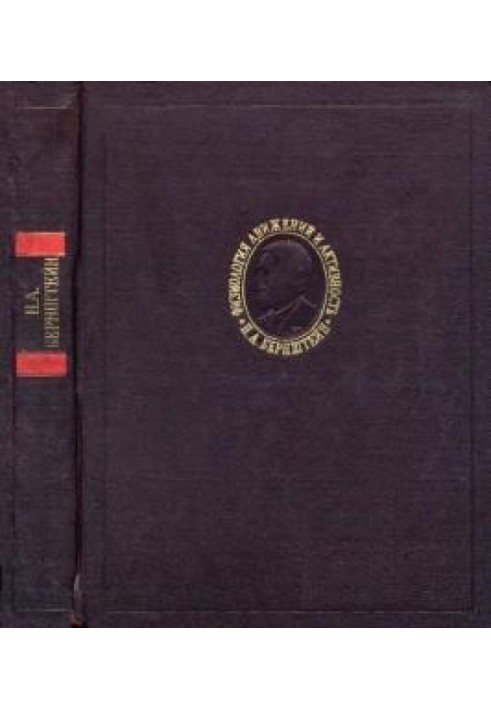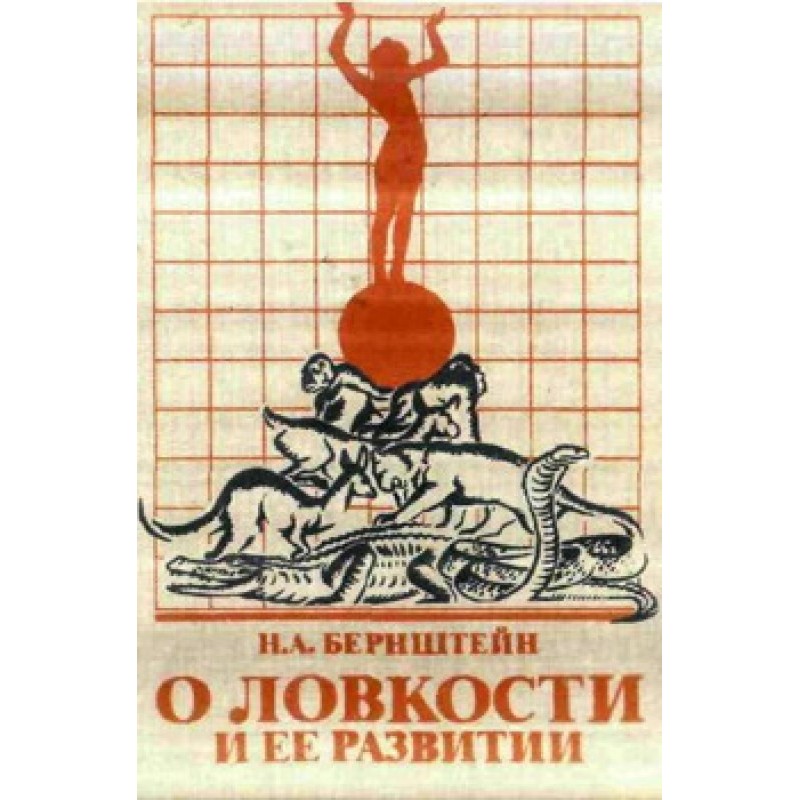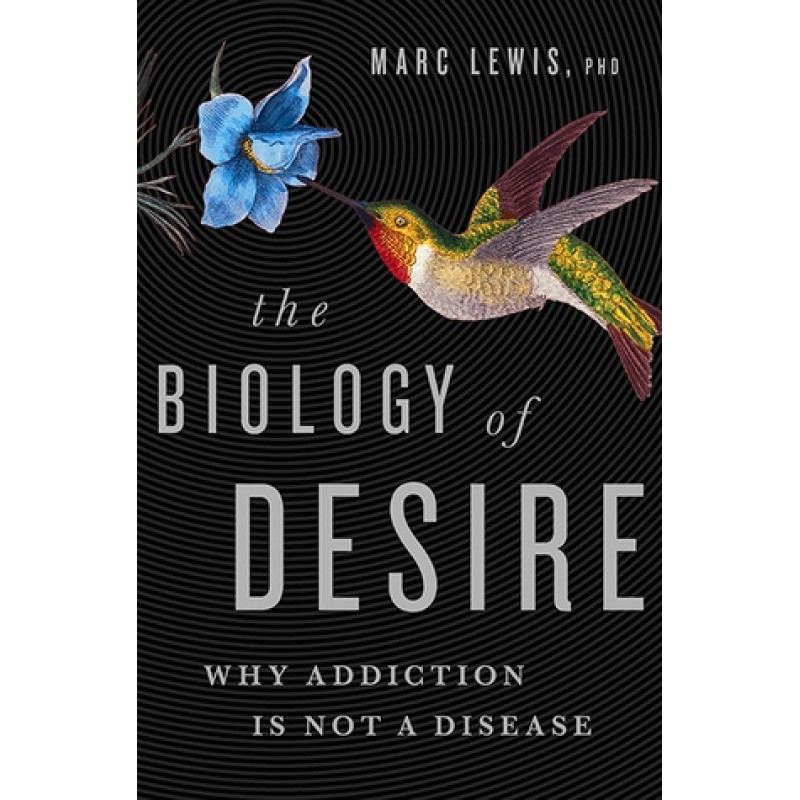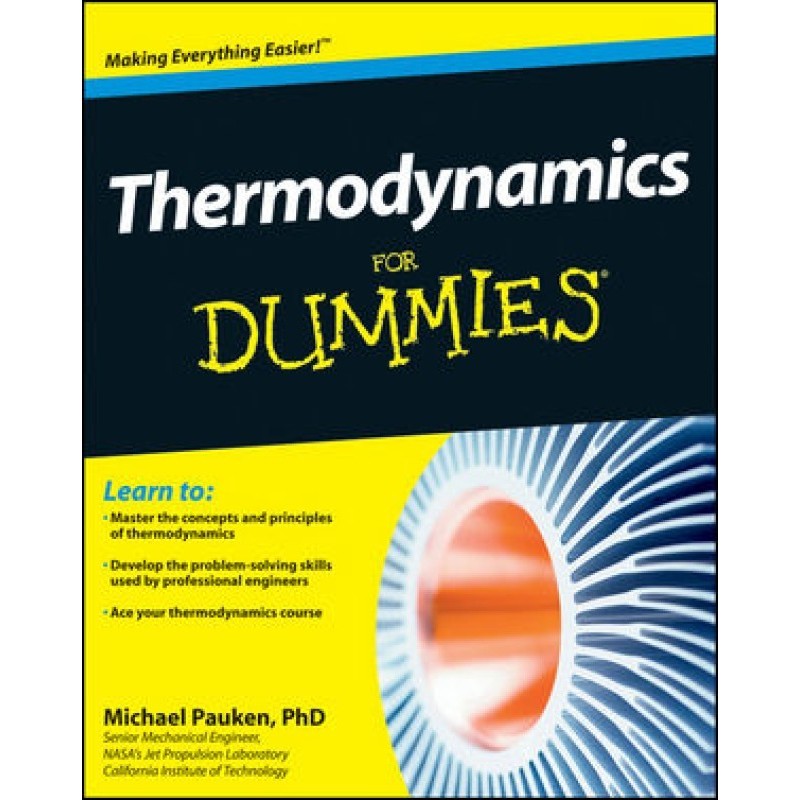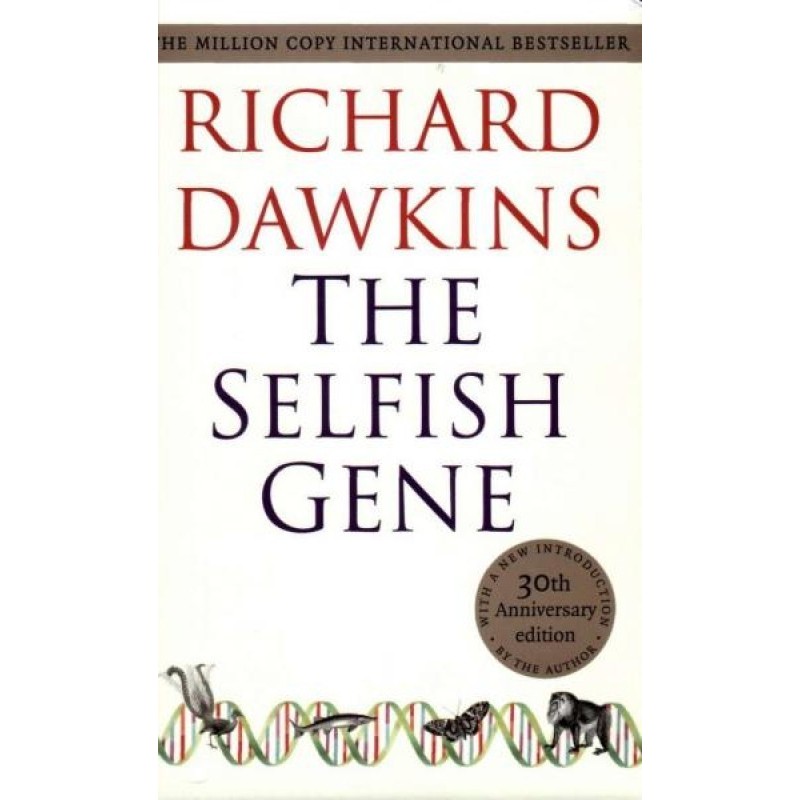Bernstein N. A. Physiology of movements and activity
 Instant download
Instant download
after payment (24/7)
 Wide range of formats
Wide range of formats
(for all gadgets)
 Full book
Full book
(including for Apple and Android)
This edition includes two main books by N.A. Bernstein: 'On the construction of movements' (1947), awarded the USSR State Prize, and 'Essays on the physiology of movements and physiology of activity' (1966), summing up scientific work of the author. Bernstein's works began a new chapter in the physiology of movements - a living organism is considered not as a reactive (merely responding to stimuli), but as an active system striving to achieve a 'needed future'. It is these books that sum up the experimental and theoretical work of the scientist, which has become classic and immortalized the name of the author. The first book mainly summarizes research carried out before the war. After the “Pavlovian” session of 1950, Bernstein’s hands were tied and it became impossible to experiment, but he conducts extensive theoretical work, culminating in the creation of the so-called physiology of activity. The result of this work was summed up by him in his second book, “Essays on the physiology of movements and physiology of activity,” which was published in 1966, the year of the author’s death. The first two chapters of the book “On the Construction of Movements” were repeated in this work as essays IV and V. At the same time, they were included in a new context and, accordingly, were somewhat shortened and edited. (In this edition they are presented in the edition that corresponds to the book “On the Construction of Movements”, and are omitted from the book “Essays”)
CONTENTS: From the compiler (I.M. Feigenberg) (7). BUILDING MOVEMENTS Preface (11). Part one. MOVEMENTS Chapter One. On the origin of motor function (13). The evolutionary significance of motor function functions. Enrichment of coordination resources. Development of structures of the central nervous system. The emergence and development of levels of movement construction. Coordination contingents of movementsChapter two. On the construction of movements (23). Kinematic chains of the body and degrees of freedom of mobility. Difficulties in controlling the movements of a system with more than one degree of freedom. The main task of coordination. The importance of skeletal muscle elasticity and the peripheral cycle of interactions. Examples of complex relationships between muscle tension and movement. The principle of sensory corrections. Reflex ring. Internal, reactive and external forces. Determination of coordination of movements. Levels of movement construction. Leading and background levels. Inventory of construction levels Part two. LEVELS OF BUILDING MOVEMENTS Chapter Three. Subcortical levels of construction. Rubro-spinal level of paleokinetic regulation A (44). Paleokinetic and neokinetic systems. Properties of the nervous process in both systems. Synapses of the neokinetic system. Alteration shifts of characteristics. Paleoregulation of the neokinetic process. Substrates of the rubro-spinal level A. Afferentations. Characteristic nervous process. Functions of the rubro-spinal level. Subordination. Muscle tone. Alpha waves and paleokinetic regulation. Independent movements and background components of level A. DysfunctionsChapter four. Subcortical levels of construction. Level of synergy and stamps, or thalamopallidal level B. (68). Phylogeny of level B. Substrates. Leading afferentation. Coordination qualities. Independent movements. Background role. DysfunctionsChapter Five. Cortical levels of construction. Pyramidal-striatal level of spatial field C (81). Duality of level C. Afferentation. Spatial field. The nature of movements at level C. Spatial conditioning of movements. Variability, switchability, extemporaneity. Substrates. Independent movements. Background role. DysfunctionsChapter six. Cortical levels of construction. Parieto-premotor level of actions (d) ... (106).Specifically human affiliation of level D. Group of apraxias. Substrates. Afferentation. The semantic structure of actions. Action level space. The evolution of relationships with the subject. Structure of motor acts at level D. Motor composition of actions. Higher automatisms. The role of premotor systems. Sensory and kinetic apraxia. Deautomation. Classification of motor acts of level D. Higher cortical levels. Levels above the level of actions (group E). Coordination properties of group EPart three. DEVELOPMENT AND DECAYChapter seven. The emergence and development of levels of construction (142). Biogenetic law and its limitations. Embryogenesis of motor centers of the brain. Phylogeny of the main nuclei of the brain. Scheme of the development of vertebrate motor skills. Ontogenesis of human motor skills in the first half of life. Maturation of the striatum system. Ontogenesis of covering the subject. Development of locomotion. Maturation of the level of actions, development of motor skills in adolescence. PubertyChapter Eight. Development of motor skills (164). Conditioned reflex theory of motor skill development and its errors. Definition of motor skill. Two periods of development skill. Establishing a leading level. Determination of the engine composition. Identification of sensory corrections. Automation phase. Actually backgrounds and automatisms. Transfers of exercises according to skill. Reduced thresholds of signaling receptors. Correction activation phase. Standardization. Three stages of skill development with synergistic backgrounds. Dynamically stable movements. Discreteness and universality of dynamically stable forms. Stabilization phase. Factors that hinder automation. Increased switchability. Transfers by organ and reception; skill generalization. Preliminary corrections. Structure of writing skill. Development of writing skill. Reautomation and implementationChapter nine. Signs of level structure in pathology and in normal conditions (206). Requirements for signs of coordination structure. Phenomena, determining the complexity of pathological syndromes. The influence of the lesion point on the reflex ring. Physical inactivity and efference. Hypodynamic syndromes by level. Perseverations. Perseverations are normal. Grouping of normal signs according to two periods of skill development. Basic questions on the level structure of normal movements. Signs of accuracy and variability. Level manifestations of the trait of accuracy. Level characteristics of deautomatizing factors ESSAYS ON THE PHYSIOLOGY OF MOVEMENTS AND PHYSIOLOGY OF ACTIVITY From the author (245). Section oneEssay first. On the history of the study of movements (248). Second essay. Cyclogrammetric method (260). Third essay. The problem of the relationship between coordination and localization (266).1. Basic differential equation of motion (266).2. Integrity and structural complexity live movement (270).3. Relationship between coordination and localization (275).4. Ecphoria of motor engrams (280).5. Topology and metrics of movements. Motor field (285).6. The principle of “equal simplicity” (290).Section twoEssay six. Coordination of movements in ontogenesis (297).1. Developmental contradictions between phylogeny and ontogeny (297).2. Development of coordination systems in phylogeny (299).3. Development of coordination in early ontogenesis (309).4. The nature of skill and training (326). Seventh essay. Biodynamics of locomotion (genesis, structure, changes) (334).1. Material, starting positions, technique (334).2. The main structural components of the locomotor act (340).3. Genesis of the biodynamic structure of the locomotor act (347).4. Sketches for a qualitative analysis of the biodynamic elements of the locomotor act (359).5. Conclusions to the doctrine of coordination of movements (366). Section three. Essay eight. Urgent problems of regulation of motor acts (373). Ninth essay. Control, coding and modeling in physiology (392). Tenth essay. Models as a means of studying neuromotor processes (405). Eleventh essay. Paths and tasks of the physiology of activity (410). Twelfth essay. New lines of development in physiology and biology of activity (431). Conclusion (450). Nikolai Aleksandrovich Bernstein. Gazenko, I.M. Feigenberg (463). Works of N.A. Bernstein (480). Literature about N.A. Bernstein (487). Name index (488). Bernstein N.A. Physiology of movement and activity (science classics) (492).
Data sheet
- Name of the Author
- Николай Бернштейн Александрович
- Language
- Russian
Reviews
Технічний стиль, але важливі ідеї
Книга "Фізіологія рухів та активність" Н. А. Бернштейна дійсно містить важливі ідеї, які можуть змінити наше розуміння фізіології. Однак, я вважаю, що технічний стиль викладу може бути складним для сприйняття широкому колу читачів. Деякі розділи потребують додаткових пояснень, щоб зрозуміти концепції, які автор намагається донести. Проте, для тих, хто готовий зануритися в деталі, книга пропонує безцінні знання про побудову рухів і їх еволюцію. Я б рекомендував цю книгу тим, хто вже має певний досвід у цій галузі, оскільки новачкам може бути важко зрозуміти всі нюанси. Загалом, це важлива праця, але не для всіх.
Класика фізіології, яка не втрачає актуальності
Н. А. Бернштейн у своїй книзі "Фізіологія рухів та активність" піднімає важливі питання, які залишаються актуальними навіть через десятиліття після її публікації. Автор зумів створити теоретичну базу, яка пояснює, як живий організм взаємодіє з навколишнім середовищем, і як це впливає на рухову активність. Його концепція активності організму як цілеспрямованої системи є надзвичайно важливою для розуміння не лише фізіології, але й психології рухів. Книга спонукає до роздумів і може слугувати основою для подальших досліджень у цій галузі. Я б рекомендував її всім, хто цікавиться фізіологією, нейробіологією та спортивною наукою.
Відкриття нових горизонтів у фізіології рухів
Книга Н. А. Бернштейна "Фізіологія рухів та активність" є справжнім шедевром, який відкриває нові горизонти в розумінні фізіології рухів. Автор унікально поєднує експериментальні дані з теоретичними концепціями, створюючи цілісну картину активності живого організму. Його підхід до розгляду організму як активної системи, що прагне досягти "потрібного майбутнього", є революційним і надзвичайно актуальним. Книга містить глибокі аналізи, які допомагають зрозуміти, як розвиваються рухові навички, а також як функціонують різні рівні координації. Я вважаю, що ця праця стане незамінним джерелом знань для студентів, викладачів та всіх, хто цікавиться фізіологією та нейробіологією. Безумовно, рекомендую!
Складнощі сприйняття
Хоча книга "Фізіологія рухів та активність" Н. А. Бернштейна містить багато цінних ідей, я вважаю, що її складний стиль викладу може відштовхнути багатьох читачів. Деякі розділи виглядають занадто технічними, що ускладнює розуміння основних концепцій. Я очікував більш доступного викладу, який би дозволив ширшій аудиторії зрозуміти важливість роботи автора. Проте, для фахівців у цій галузі книга може бути корисною, оскільки вона містить багато нових ідей та підходів до вивчення рухів. Загалом, це важлива праця, але не для всіх.

